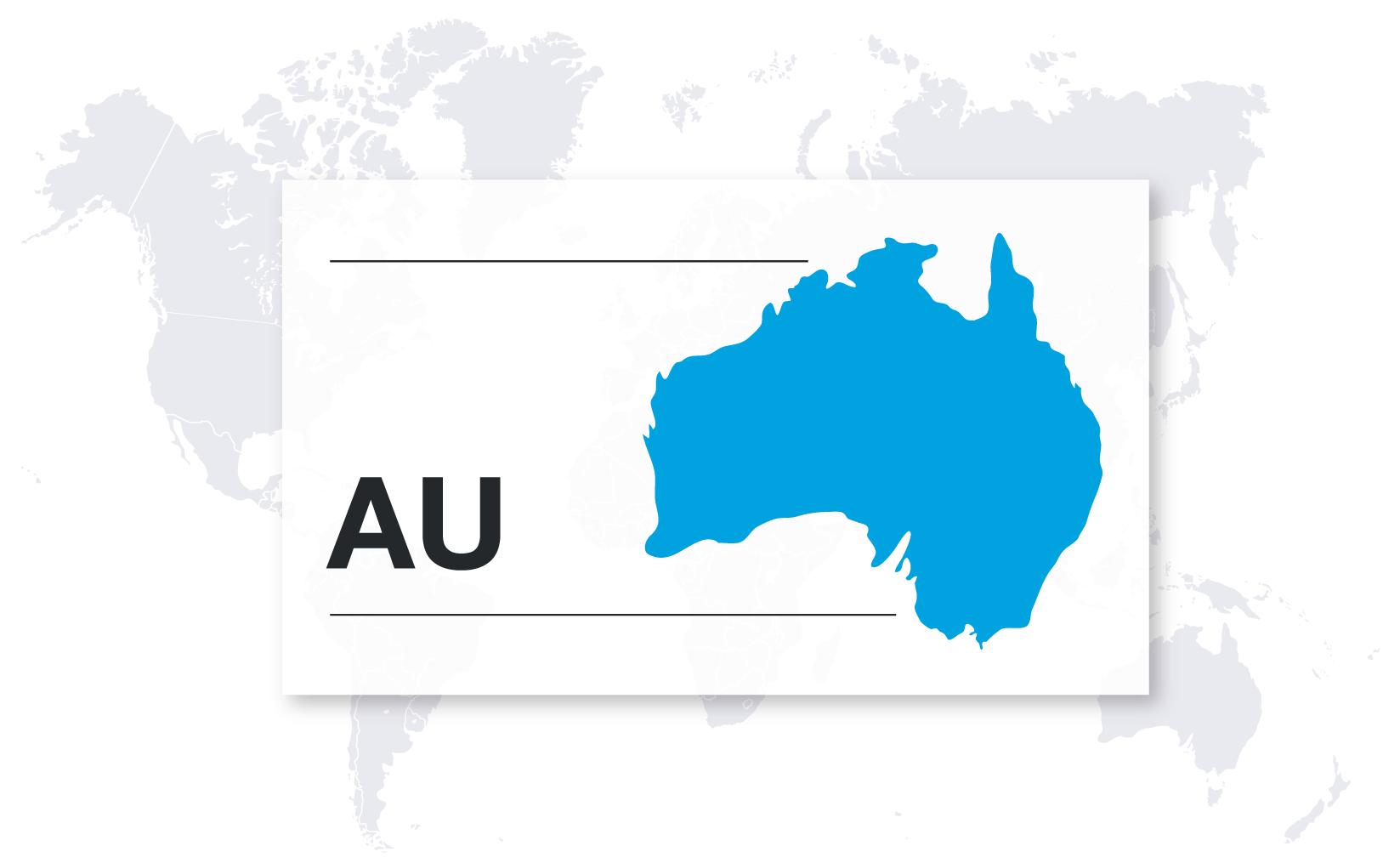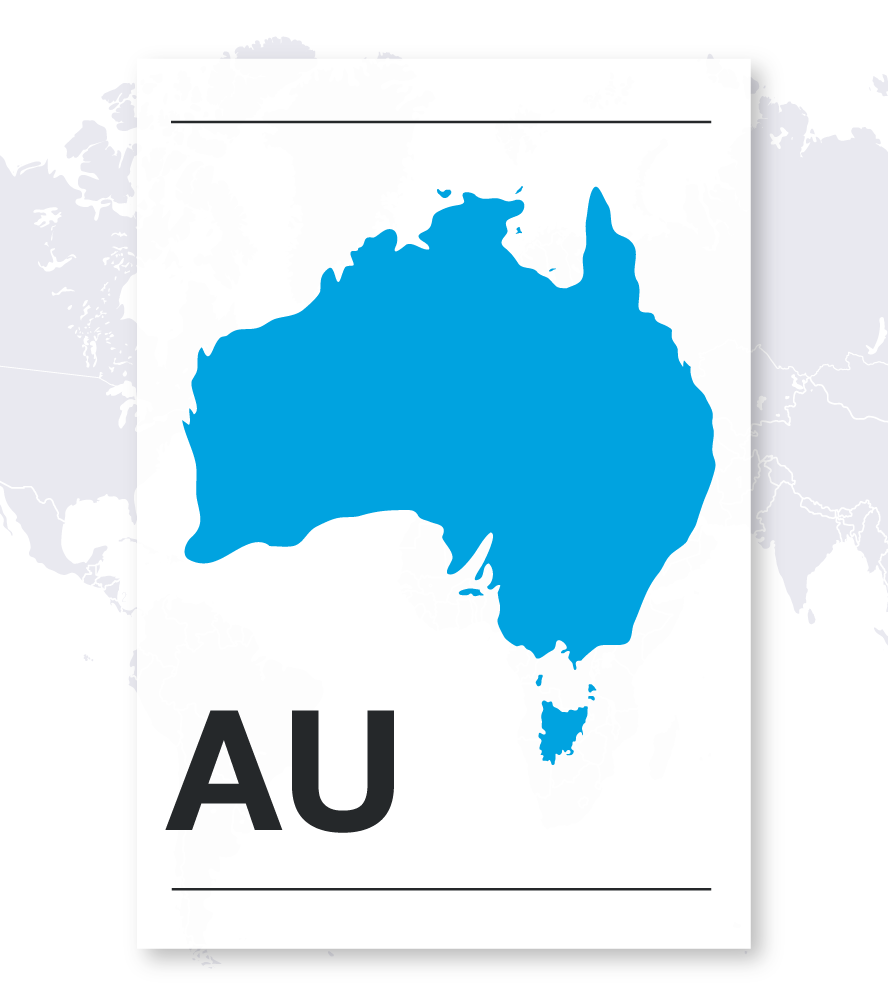Australia - Victorian Government pay data reporting law guide


-
Introduction
-
Australia Victorian Government Reporting Requirements
-
Australia Victorian Government Pay Transparency Requirements
-
Employment Equity Standards
-
The Risks of Non-Compliance
-
How Can Trusaic Assist with Australia Victorian Government Workplace Gender Audit & Gender Equality Action Plan Compliance?
-
The EU Directive
Introduction
Australia’s Victorian government introduced its Gender Equality Act 2020 with the goal of improving workplace gender equality in the public sector, universities and local councils. The Act came into force on Mar. 31, 2021. Public entities with 50 or more employees are required to comply.
Victoria’s pay gap is 10.7%, compared with Australia’s national gender pay gap of 12%. This data considers base salary only. Australia’s average gender pay gap including base salary, overtime, bonuses, and additional payments is 21.7%.
Australia has nationwide gender pay gap reporting requirements in place which apply to public and private sector organizations.
Contact us
Australia Victorian Government Reporting Requirements
Who Needs to Report?
Public entities with 50 or more employees are required to report. An active list of those organizations is available on the Victorian government’s website.
Effective July 1, 2024, existing regional libraries are defined as public entities.
What to Report?
Applicable employers must develop and implement a Workplace Gender Audit and Gender Equality Action Plan (GEAP).
Workplace Gender Audit: The workplace gender audit evaluates gender inequality in the workplace on June 30 in the GEAP reporting year to which the audit relates.
Organizations must report on seven gender equality indicators: gender pay equity; gender composition at all workforce levels; gender composition of governing bodies; workplace sexual harassment; recruitment and promotion; gendered work segregation; and leave and flexibility.
Intersectionality must also be considered in strategies to promote gender equality, including discrimination based on factors such as Aboriginality, age, disability, and ethnicity.
Audits must also include gender equality targets or quotas and any other workplace matters deemed relevant.
The Gender Equality Action Plan must include:
- The results of the Workplace Gender Audit.
- Strategies to achieve gender equality.
- A report on progress made to achieve gender equality.
- Measures to promote gender equality in public policies, programs, and services.
- Gender impact assessments.
Entities must consult with the governing body, employees, employee representatives, and other relevant parties when preparing their GEAP.
Progress Reports: Progress reports are due at minimum every two years following submission of the GEAP.
Where and When to Report?
Regulatory Filing
Workplace Gender Audits, GEAPs, and Progress Reports are filed via the Gender Equality Act Reporting Platform.
Internal & External Disclosure
GEAPs are published on the employer’s website. Employees, employee representatives and the governing body must be notified of publication. Progress reports must be published on the entity's website as soon as reasonably practicable after submission to the Public Gender Equality Commissioner.
Deadlines and Cadence
Initial progress reports were due for submission on Feb. 20, 2024.
Cadence of reporting is four years for Workplace Gender Audits and GEAPs. Progress Audits are due every two years after submitting a GEAP.
Second GEAPs and progress reports are due for submission on Oct. 31, 2025.
Reporting for regional libraries begins in 2025.
Australia Victorian Government Pay Transparency Requirements
There are currently no legal requirements for employers to post salary details to applicants or employees in Victoria.
Under Australian law, however, job postings that advertise pay rates less than an employee’s minimum entitlements are prohibited under the Fair Work Act.
In addition, employers that advertise job posts for pieceworkers, where employees are entitled to a period pay rate (i.e., an hourly or weekly pay rate) must specify the period pay rate that applies, or state that a period pay rate will apply. Fair Work Inspectors and unions can commence legal proceedings for failure to comply, which may result in financial penalties.
Pay secrecy in Australia was banned by The Fair Work Legislation Amendment Act 2022.
Employment Equity Standards
Equal pay for work of equal or comparable value has been a legal requirement in Australia since 1969 and is regarded as a basic human right in Victoria.
The Risks of Non-Compliance
Enforcement of the Act is overseen by the Public Sector Gender Equality Commissioner.
A compliance notice may be issued by the Commissioner if a public entity fails to comply without reasonable excuse. Non-compliance may require submission of an action plan, progress report, or “any other action.”
The Commissioner may also publish details of non-compliant organizations on its website, resulting in reputational damage. Financial penalties are not specified, but the Commissioner may apply for an order to take action for non-compliance.
How Can Trusaic Assist with Australia Victorian Government Workplace Gender Audit & Gender Equality Action Plan Compliance?
1. Comply - Use Trusaic's GPDR solution to complete required reporting by compliance deadlines:
Applicability Determination: Perform an accurate assessment of your applicability, according to jurisdictional specific definitions and regulatory frameworks so you can understand your reporting obligations across the globe.
Deadline Management: Prepare ahead of time with project timelines, timely notifications, and reminders, to keep you on track to meeting jurisdictional deadlines.
Expert Legal Guidance and Support: Benefit from the expertise of our trusted pay equity attorneys, so you understand your compliance requirements across a diverse global regulatory landscape. Receive world-class customer support, including assistance throughout the compliance process.
Streamlined Data Extraction: Collect the necessary data for analysis and submission with a simple click of a button; powered by certified data integrations with world's largest HCM, HR and Payroll platforms, including Workday, SAP, UKG and ADP. Provide data through Trusaic's Workplace Equity platform, a SOC 2 Type II and GDPR-compliant tool for data transmission.
Data Quality Assurance: Trusaic performs data validations to ensure your collected data and information aligns with the standards and definitions provided by each jurisdiction.
Compliant Report Outputs: Take away the burden of reporting by effortlessly generating outputs containing necessary compliance information.
Reporting Checklist: Follow step-by-step guidance on where, when and how to report to any jurisdiction's regulatory body, as well as your required internal disclosure and public posting obligations.
2. Correct - Use PayParity and OpportunityParity to understand, explain and resolve pay disparities:
Risk Assessments: Stay aware of any potential exposure to any government audit or litigation. Our cross-functional team of data scientists, statisticians, and government regulatory compliance experts have rigorously worked to reverse-engineer the calculations that will be used by jurisdictions to estimate pay disparities, so you can prepare in advance.
Understand your Pay Gaps: Leverage Trusaic's pay equity software solution to explain your pay gaps so you can understand the root causes and safeguard from equal pay claims and legal action.
Resolve Pay Disparities: Make pay adjustments where applicable so you can eliminate pay disparities and show improvements in your reported pay gaps from one year to the next.
Identify Barriers to Professional Growth: Ensure workforce diversity and equity with hiring, promotion, retention, and opportunity analytics using opportunity equity software solution.
3. Communicate - Use Trusaic's Workplace Equity Solution to communicate narratives and share salary ranges with confidence:
Workplace Equity Narrative: Communicate the sources of your pay gaps, progress objectives, and corrective measures to employees and internal stakeholders with Trusaic's Workplace Equity product suite. Show data-backed progress in your pay gaps over time.
Salary Range Explainability: Use Salary Range Finder to establish and post competitive and equitable pay ranges to confidently comply with pay transparency laws.
Mitigate Risk of Recurrent Pay Disparities: Ensure new hires receive fair pay offers with the use of external labor market data and internal pay equity analytics to reduce unplanned and expensive pay remediations.
The EU Directive
Australian organizations with operations in EU member states will be required to comply with gender pay gap reporting in those countries.
Trusaic is GDPR compliant and can assist any organization in any EU state in meeting its obligations under both the EU Corporate Sustainability Reporting Directive and the EU Pay Transparency Directive.
Sign up for PayParity by July 31, 2024
and receive OpportunityParityTM at no additional cost
Sign up for PayParity by July 31, 2024 and receive OpportunityParityTM at no additional cost
